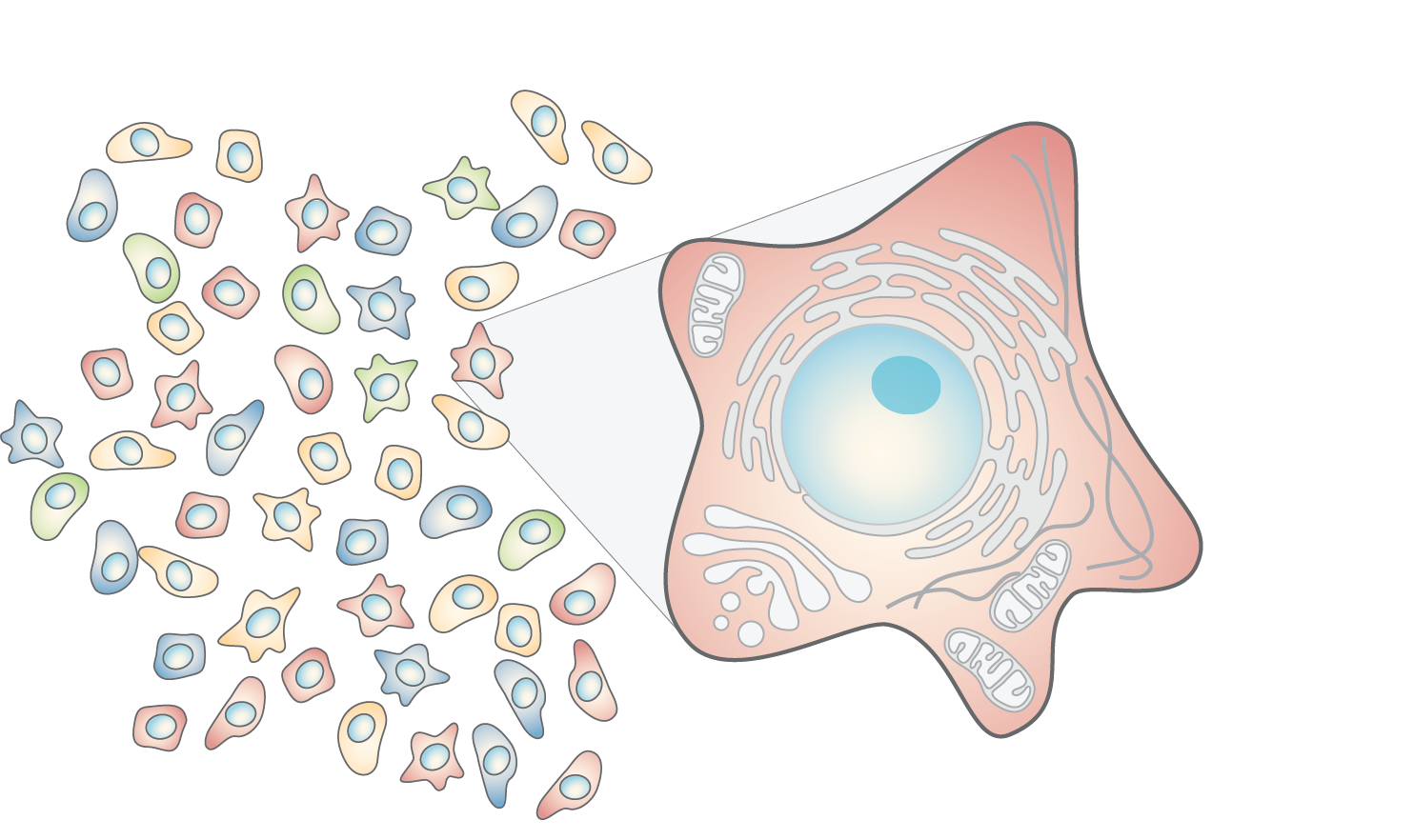The Carpenter lab and Schreiber lab at the Broad Institute of MIT and Harvard developed Cell Painting, a microscopy assay that generates images that reflect cell response to treatments such as drug or genetic perturbations, in high-throughput (at a scale of 100,000+ perturbations).
The Carpenter lab’s popular open-source software, CellProfiler, or their newer deep learning equivalent, then extracts features and yields ~1,000-dimensional signatures called image-based profiles, akin to transcriptional profiles but with early evidence indicating that images are a less expensive and more powerful data source. Recent studies demonstrate that image-based profiles can detect subtle cellular responses and computationally match them to determine a drug’s mechanism of action or a gene’s pathway or phenotypic impact. However, a critical mass of data is needed.
